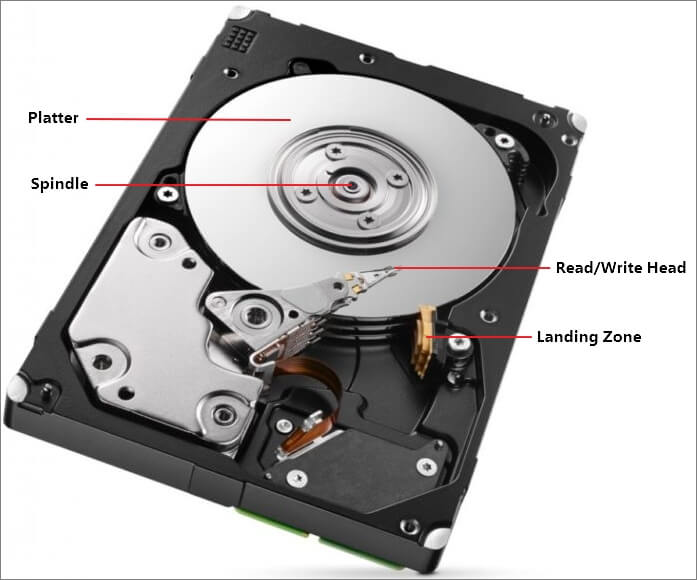

- HOW TO CHANGE PLATTER IN A WESTERN DIGITAL WD10EADS CODE
- HOW TO CHANGE PLATTER IN A WESTERN DIGITAL WD10EADS WINDOWS
To compensate for that, improvements are made to ECC (usually through the use of more bits) in order to maintain reliability. As areal density is increases, sectors become smaller and their SNR decreases.
HOW TO CHANGE PLATTER IN A WESTERN DIGITAL WD10EADS CODE
The crux of the problem is that there are 3 factors that are in constant need of balancing when it comes to hard drive design: areal density, the signal-to-noise ratio (SNR) in reading from drive platters, and the use of Error Correcting Code (ECC) to find and correct any errors that occur.

At a time when hard drives were measured in megabytes, 512B sectors were a good balance between technical factors and a desire to keep wasted space at a minimum (you can’t normally put 2 files in 1 sector), but times have changed and hard drive capacities are several orders of magnitude larger. The move to 4K-sectors has been some 10 years in the making, as research in the late 90’s identified that 512B sectors made less and less sense as drives continued to get larger. Advanced Format is the name Western Digital is giving to drives implementing 4KB sectors. What is it? In a nutshell, it’s replacing the traditional 512 byte hard drive sector with a 4 kilobyte (4,096B) hard drive sector for a number of practical and technological reasons. We’ll get in to the nitty-gritty about the impact of this in a bit, but first let’s start with Advanced Format.
HOW TO CHANGE PLATTER IN A WESTERN DIGITAL WD10EADS WINDOWS
Specifically, Advanced Format is going to bring about some issues where older operating systems (and we’re looking almost exclusively at Windows XP here) will inadvertently harm drive performance by making certain assumptions about the drives that will no longer be true. Ahead of the impending launch of the first Advanced Format drives, Western Digital is engaging in an education campaign about the technology, as it represents the first step in a general transition for hard drives, and is a transition that can’t be done completely behind the scenes. We had a chance to talk to Western Digital last week about a new hard drive technology they have coming down the pipe called Advanced Format.


 0 kommentar(er)
0 kommentar(er)
